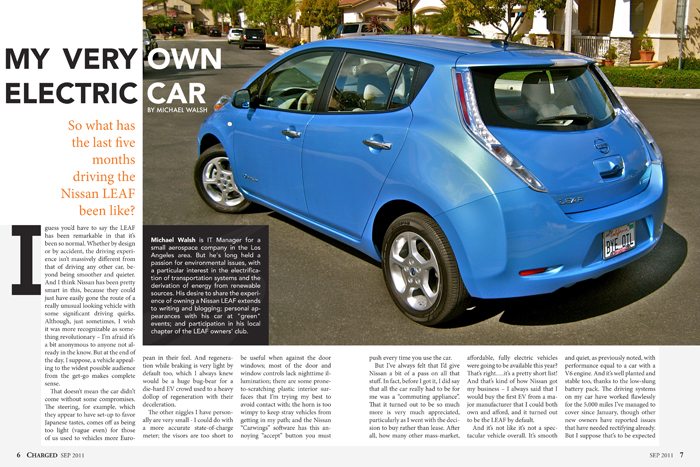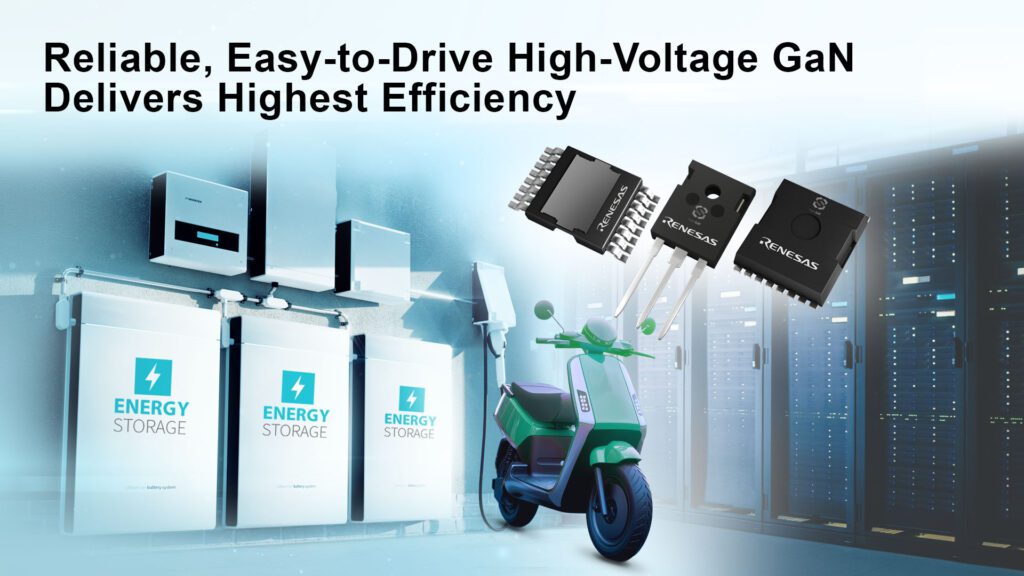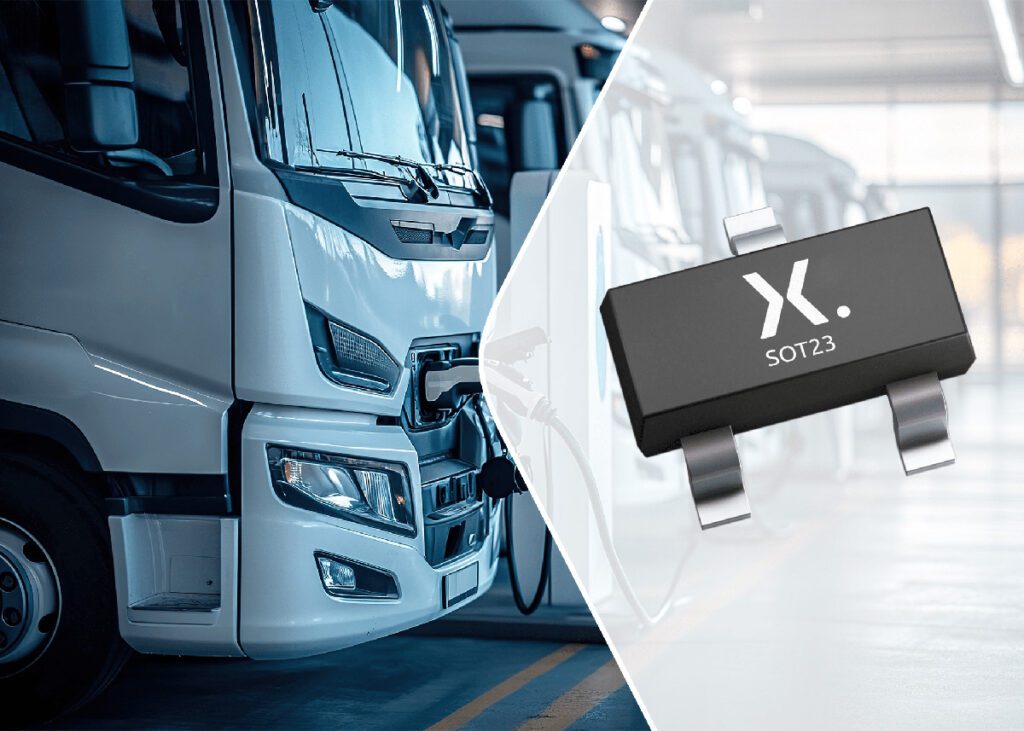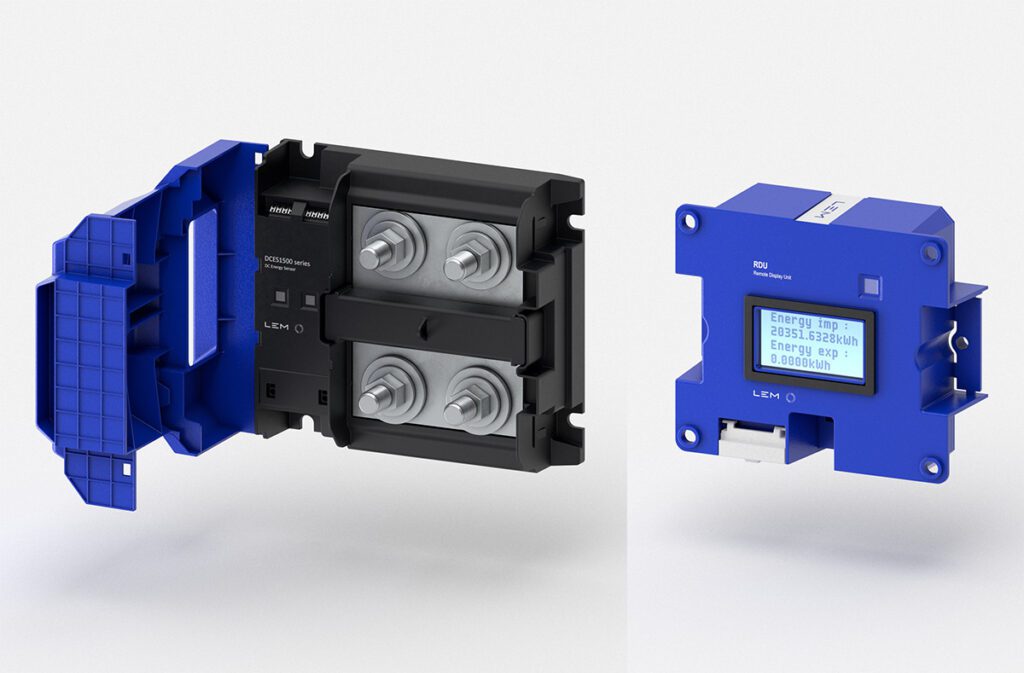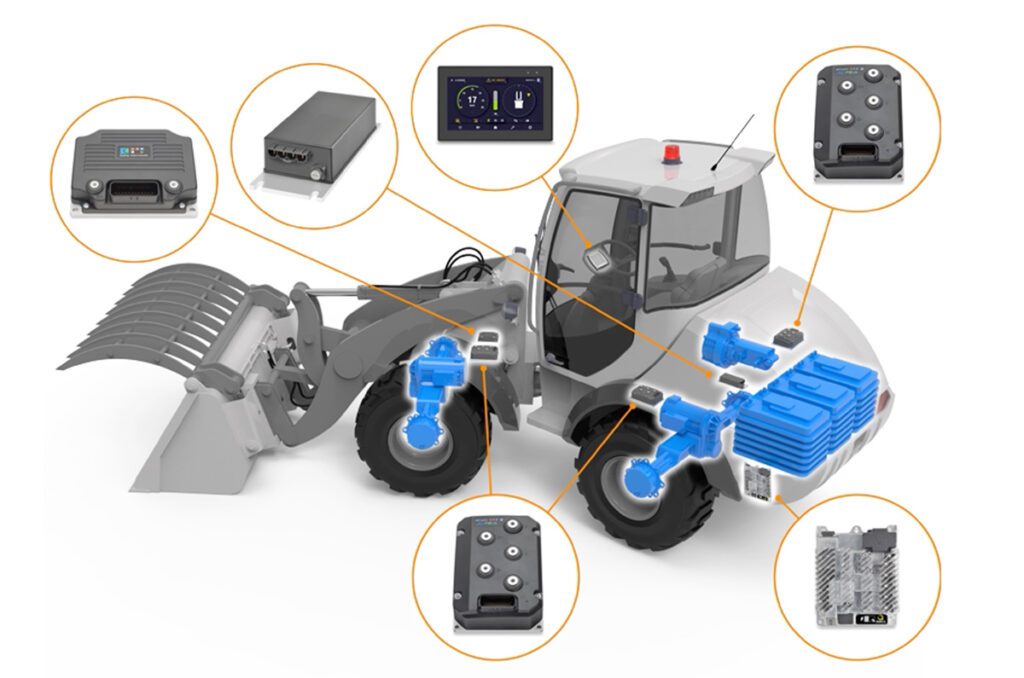So what has the last five months driving the Nissan LEAF been like?
I guess you’d have to say the LEAF has been remarkable in that it’s been so normal. Whether by design or by accident, the driving experience isn’t massively different from that of driving any other car, beyond being smoother and quieter. And I think Nissan has been pretty smart in this, because they could just as easily gone the route of a really unusual looking vehicle with some significant driving quirks. Although, just sometimes, I wish it was more recognizable as something revolutionary – I’m afraid it’s a bit anonymous to anyone not already in the know. But at the end of the day, I suppose, a vehicle appealing to the widest possible audience from the get-go makes complete sense.

That doesn’t mean the car didn’t come with some compromises. The steering, for example, which they appear to have set up to favor Japanese tastes, comes off as being too light (vague even) for those of us used to vehicles more European in their feel. And regeneration while braking is very light by default too, which I always knew would be a huge bug-bear for a die-hard EV crowd used to a heavy dollop of regeneration with their deceleration.
The other niggles I have personally are very small – I could do with a more accurate state-of-charge meter; the visors are too short to be useful when against the door windows; most of the door and window controls lack nighttime illumination; there are some prone-to-scratching plastic interior surfaces that I’m trying my best to avoid contact with; the horn is too wimpy to keep stray vehicles from getting in my path; and the Nissan “Carwings” software has this annoying “accept” button you must push every time you use the car.
But I’ve always felt that I’d give Nissan a bit of a pass on all that stuff. In fact, before I got it, I did say that all the car really had to be for me was a “commuting appliance.” That it turned out to be so much more is very much appreciated, particularly as I went with the decision to buy rather than lease. After all, how many other mass-market, affordable, fully electric vehicles were going to be available this year? That’s right….it’s a pretty short list! And that’s kind of how Nissan got my business – I always said that I would buy the first EV from a major manufacturer that I could both own and afford, and it turned out to be the LEAF by default.
And it’s not like it’s not a spectacular vehicle overall. It’s smooth and quiet, as previously noted, with performance equal to a car with a V6 engine. And it’s well planted and stable too, thanks to the low-slung battery pack. The driving systems on my car have worked flawlessly for the 5,000 miles I’ve managed to cover since January, though other new owners have reported issues that have needed rectifying already. But I suppose that’s to be expected with a new vehicle of any type, and especially a first-year model.
One thing I do find myself wanting is a little more range from the battery pack. As my daily commute of 61 miles is 95% highway driving, I’m not getting the “100 miles of range” widely touted by Nissan marketing folks in the early days. Not that I ever expected to – I already knew from experience that highway speed driving would diminish the battery far more rapidly than puttering around in the city. But I did go through an initial period of discovery, during which I tried using different permutations of speed and vehicle systems usage to figure out what the best return would be for the energy consumed.
In the end I decided that highway speeds of around 65mph would allow for my round-trip commute and a bit of errand running, without resorting to any daytime recharging, even when I needed to use the air conditioning this summer. My driving would also be exclusively in the normal mode rather than ECO, which is a mode allowing for lower energy consumption by limiting throttle response and increasing regeneration, but one which makes the car feel more sluggish than I like. However, I do use ECO if I think it absolutely necessary, and I actually misjudged available range on a side-trip from home a few days ago, making the decision to take advantage of it a very wise one. Which I guess goes to show that driving the LEAF is an ongoing learning experience for me.
In case you’re wondering, by the way, I’d say the LEAF is good for between 80 and 85 miles at highway speeds. That would be with a driver only; without climate control use; and over fairly flat ground.
Though I should also mention that I’ve not yet run the car down to 0% charge. Being seen pushing a fully discharged EV around is hardly an ideal way to promote them!
Another important point to note about both the LEAF and EVs in general – use of the climate control; changes in terrain; the extra weight of a passenger or cargo; even small changes in driving style to the negative….all can have a detrimental effect on the range of your vehicle.
However, I do go against Nissan’s recommendation of only charging to 80% on a nightly basis to meet my work-week driving goals, and instead charge to 100% each time.
So does that mean my battery pack will age prematurely, eventually making the car unsuitable for my daily needs? Well it’s really too early to tell. But what I am rather hoping is that it’ll take at least 5 years to find that out, and by then a replacement pack of the same size, maybe with more density (and therefore more effective range), will be available for only a fraction of what the OEM pack costs today. Even if it’s not, assuming the pack only degrades by a limited amount, I should still be able to accomplish what I need to do daily with only small inconveniences, like maybe recharging while parked at work during the day or maybe more use of the ECO mode.
In any case, all that is just about the way I drive when I need to get to work and back. When I don’t have far to go, or even when I do have a distance to drive but know that there is going to be a proper charging opportunity at my destination (and by proper I mean 240 volts or better), I’m more inclined to have some fun, and am pleased to report that the LEAF is a more than capable adversary in fast flowing traffic. Which, truth be told, is the way I really prefer to drive it.
So what’s the bottom line?
Well, Nissan has delivered a fully electric and well equipped family hatchback, for not a massive amount of money when you consider how technologically advanced it is. It will meet the daily driving needs of most people as it stands right now, and even more when a robust charging infrastructure is finally in place. Plus it’s fun to own and drive. Is it perfect? Not completely. Many think that it should have come with 6.6kW charging, which would mean recharging in half the time of the 3.3kW system Nissan eventually chose. And, of course, there are those who feel that the initial range claims were a bit disingenuous, and that Nissan should have built the car good for 100 miles under just about any driving conditions.
All I can say for myself is that I’m thoroughly enjoying my time in the LEAF, and will continue to savor the experience of finally being able to have my very own electric vehicle. It’s been a long time coming for me, but was well worth the wait!
Michael Walsh is IT Manager for a small aerospace company in the Los Angeles area. But he’s long held a passion for environmental issues, with a particular interest in the electrification of transportation systems and the derivation of energy from renewable sources. His desire to share the experience of owning a Nissan LEAF extends to writing and blogging; personal appearances with his car at “green” events; and participation in his local chapter of the LEAF owners’ club.
Issue: JAN/FEB 2012







